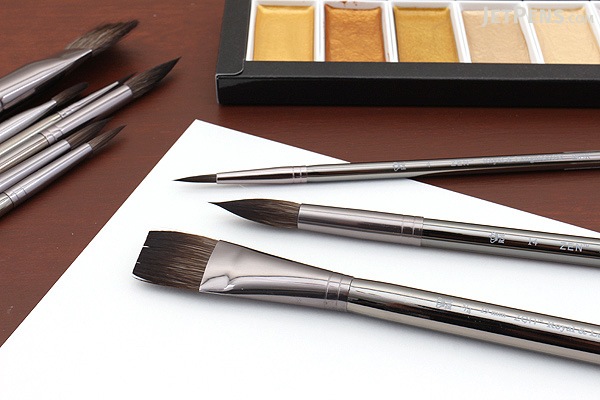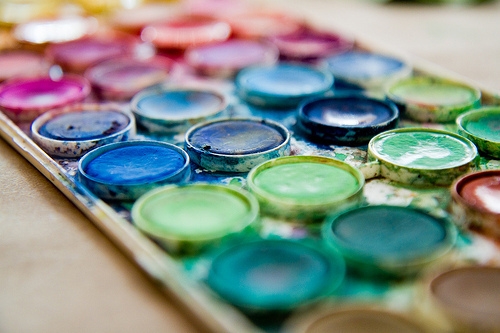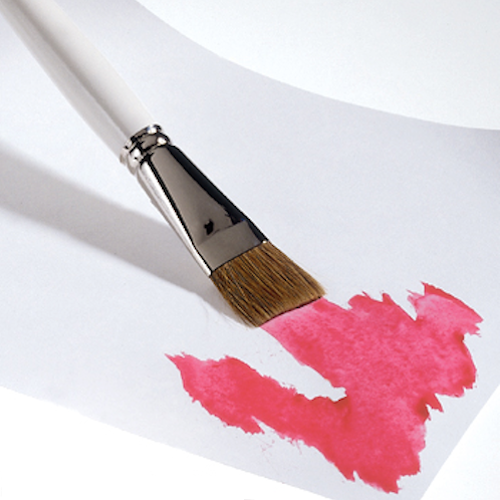Art
Watercolor: A Guide for Beginners
So you’ve decided to finally try painting and picked watercolor as your first medium. Watercolor is cheaper and easier to use than acrylic and oil. It’s also considered a starting point for learning other painting media.

Watercolor
Watercolor has been used since the 1700s for illustrated books and paintings. It’s also called watercolour and aquarelle. In Asia, it has been used for brush painting. Artists primarily use black and brown inks.
Watercolor is made up of a pigment mixed with a binder. When the paint is applied to a surface, like paper, the water evaporates while the pigment stays after the binder fixes it. It can also be painted on vellum, fabric, leather, canvas, plastic, and papyrus.
Supplies
The following items should be prepared before you start practicing.

1. Brush – there are different types of brushes, but for a beginner, purchase small and medium-sized flat and round brushes. Some stores sell a set of brushes so you can also opt for that.
2. Palette – use your palette to mix or dilute colors. A plastic palette should be enough.
3. Paint – there is no need to invest on an artist-grade set yet if you’re a beginner. Student-grade watercolor is a good way to start as long as you have the following basic colors: cadmium red and yellow, alizarin crimson, burnt sienna, hooker’s green, ultramarine blue, burnt umber, and pthalocyanine blue and green.
4. Water – use clean tap water for your painting. You will also need a container for it because the palette can’t hold enough water.
5. Paper – watercolor can be painted on any type of paper but the best results are on watercolor paper made of cotton.
6. Others – you will also need a pencil and eraser, a container to hold water, and old cloth or tissues.
Techniques
Now that you have all the materials, it’s time to start trying the basic techniques for applying paint.

1. Wet-On-Wet. Wet the paper first with water, then before it dries up, apply wet paint using a wet brush. Next, tilt the paper around to spread the paint.
2. Wet-On-Dry. Use one or mix different wet colors then paint on a dry paper.
3. Dry-On-Dry. The paper’s surface stays dry while only a small amount of water is used to wet the paint. Before painting with a slightly wet paint, use it first on a spare paper to dry the paint further.
4. Dry-On-Wet. Use slightly dry paint on wet paper. Experts advise using just the tip of the brush to maximize the effect.
5. Flat Wash. Wet the paper and then apply wet paint on the surface making sure the color is even throughout the surface.
6. Graduated Wash. The paint should look like it’s fading gradually. Paint a small amount of paint on a slanted wet surface.
7. Variegated Wash. This technique is the same as graduated wash, but you’re using more than one color. More than one paint should combine where they meet looking as if the color is shifting.
